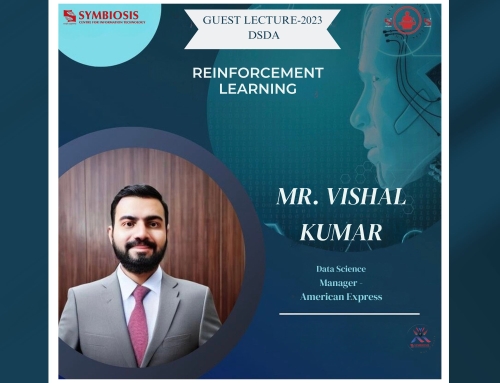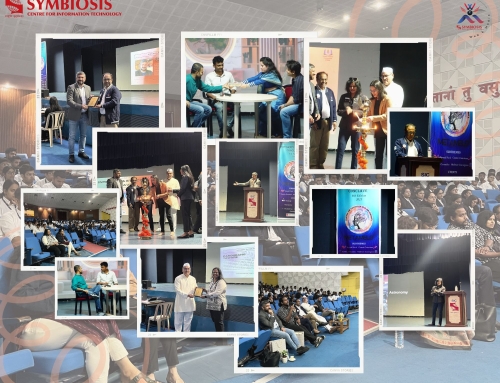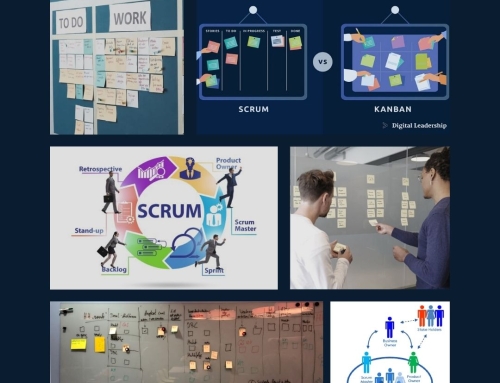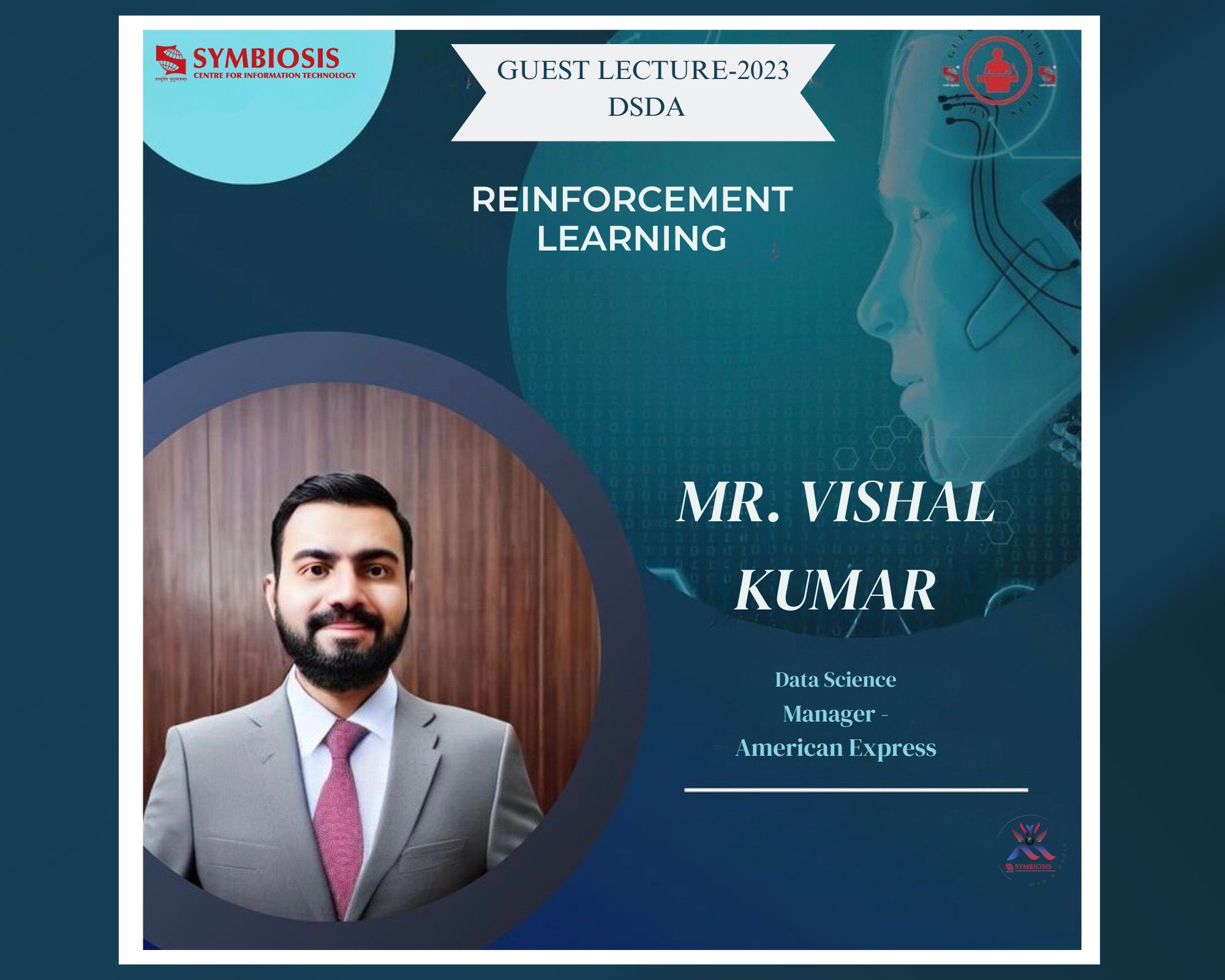Get high on Life, not on drugs !!

Drug abuse and addiction is on the rise throughout India. According to recent surveys, India has at least seventy million drug addicts. In India, the cultural values are slowly changing, the poorer class is suffering with economic hardship while at the same time there is a massive rise in the upper class, all of this combined with the dwindling support of family (due to increase work and western life) is leading to drug abuse and addiction.
Over the past two decades, India has seen a rise in industrialization and urbanization, which has caused large migrations to its cities. This is causing their traditional culture and way of life to slowly loosen; the individual Indians and their new way of life is causing them to be very vulnerable to the stresses and strains of the modern way of life. These stresses and strains may cause the person to turn to drugs to calm their thoughts and deal with everyday life.
Because India has seen such a rise in drug abuse and addiction, there is an increasing need for dealers and distributors to traffic the drugs. Many people in India are seeing this opportunity as a way to make fast and easy money. They not only risk the chance of getting caught by police and sentenced to a minimum of ten years in prison, but they are at risk for abusing or developing an addiction to the drugs. They are also at risk for becoming caught up in rivalry and drug related crimes.
By ninth grade, approximately half of Indian students have tried at least one type of drug. These youth begin to damage their physical and psychological health and their intellectual growth, especially when their curiosity turns into abuse. The youth that continue to abuse drugs will normally begin to use harder drugs and develop addictions to them. Some of them will join gangs or drug related organisations.
Most of the youth that get caught up with drugs normally do not continue education through college, and it is not uncommon for these people to end up on the streets. Most of the people who abuse or have an addiction to drugs in India are between the ages of 18 and 35. The majority of them are males, but there are a small percentage of women in India who abuse them; the number of women is slowly rising each year.
The women and their children are facing problems as well. Many women who are married to drug abusers and addicts are subjected to domestic violence, infectious diseases, and financial problems. Eighty seven percent of users who were in a rehab center claimed that they were violent to their wife, children, and other family members while using. Most domestic violence comes as a result of the addict needed money to buy more drugs.
No single factor can predict whether or not a person will become addicted to drugs. Risk for addiction is influenced by a person’s biology, social environment, and age or stage of development. The more risk factors an individual has, the greater the chance that taking drugs can lead to addiction. For example:
- Biology. The genes that people are born with — in combination with environmental influences — account for about half of their addiction vulnerability. Additionally, gender, ethnicity, and the presence of other mental disorders may influence risk for drug abuse and addiction.
- Environment. A person’s environment includes many different influences — from family and friends to socioeconomic status and quality of life, in general. Factors such as peer pressure, physical and sexual abuse, stress, and parental involvement can greatly influence the course of drug abuse and addiction in a person’s life.
- Development. Genetic and environmental factors interact with critical developmental stages in a person’s life to affect addiction vulnerability, and adolescents experience a double challenge. Although taking drugs at any age can lead to addiction, the earlier that drug use begins, the more likely it is to progress to more serious abuse. And because adolescents’ brains are still developing in the areas that govern decision making, judgment, and self-control, they are especially prone to risk-taking behaviors, including trying drugs of abuse.
Drug addiction is a preventable disease. Research has shown that prevention programs that involve the family, schools, communities, and the media are effective in reducing drug abuse. Although many events and cultural factors affect drug abuse trends, when youths perceive drug abuse as harmful, they reduce their drug taking. It is necessary, therefore, to help youth and the general public to understand the risks of drug abuse and for teachers, parents, and health care professionals to keep sending the message that drug addiction can be prevented if a person never abuses drugs.
Deepak Agarwal SCIT















